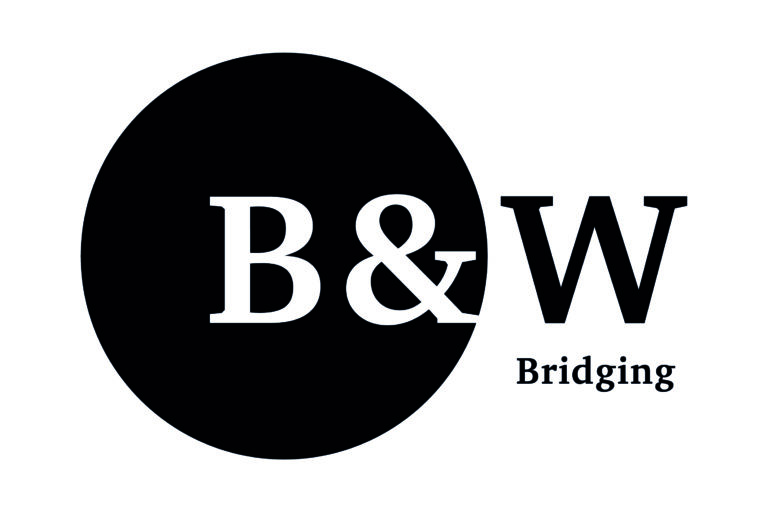Finding the best bridging loan for your client’s circumstances can be a burden at a time when several financial and practical plates are spinning all at once.
Bridging loans are usually taken for around 12 months, and they can normally be arranged relatively quickly.
But, as ever, the first step is to fully understand what this kind of borrowing is, how it works and what the risks are.
Step 1: What is the purpose of the loan?
Bridging loans are typically used in a residential property transaction, they are often used by investors and property developers.
For example, if a property is bought at auction, you’d normally have to complete the transaction within 28 days. This won’t be enough time to arrange a standard mortgage so bridging finance is used instead. The buyer can then remortgage to a BTL mortgage from a mainstream lender later on.
Bridging loans can have other uses too. For example:
- Property renovation
- Purchasing an unmortgageable property
- Time-sensitive property transactions
Bridging loans can also be used for non-property reasons such as:
- Paying off debts or tax bills
- Solving short-term business cash flow problems
- Divorce settlements
Step 2: Will it be regulated or unregulated?
A bridging loan is either regulated and unregulated. Knowing the difference will speed up the process as not every lender will provide both, here are the differences.
Regulated: A regulated bridging loan is secured against a property owned in either a personal name or via a trust that is typically occupied or intended to be occupied by the owner or immediate family member.
These loans are also often designed to help individuals move into a new home or improve their existing property.
Unregulated: Unregulated bridging loans are designed to help property professionals secure their next asset or raise capital for refurbishment or development. They can also be used for any business investment purposes.
They are in no way more “risky” than regulated bridging loans but simply require a more structured approach, often due to their increased complexity.
Step 3: What will the exit be?
How does your client intend to repay the loan? Refinance, sale of property, etc. A good or indeed a bad exit plan can make or break a bridging loan. Lenders quite simply will want to know how the loan is going to be repaid at the end of the term, being armed with a robust exit plan with strong certainty will put your client in a good position.
Step 4: Choosing the right lender?
There’s a lot to consider, but to get the best loan for your client you must choose the right lender, after all not every lender is the same. We’ve broken this one down into a few points.
Rates and fees: Finding your client the cheapest loan always helps to keep them happy, but be careful here. Some lenders that advertise very low-interest rates can sting you with hidden fees and criteria that make those lowest rates impossible to achieve. So be confident you’re getting the rate you think you are.
Speed: How quickly do you need the loan to complete, normally when it comes to bridging, it’s often quick. So be sure you tell the lender this and that you are confident they’ll be able to achieve completion before the deadline.
Flexibility: If your client’s situation is complex, you’ll want to make sure you’re looking for a lender that can handle this, or for a lender that has an appetite for specialist lending. The worst thing for a client is when a deal looks to be progressing but then a lender shuts it down as it isn’t “cookie cutter”.
Service: A bridging loan is one of the biggest transactions that your client will make, so be confident you think the lender will provide your client with good service. No one wants to be stuck in a relationship with a company that’s impossible to get hold of or has a poor level of service. Look for lenders that are always quick to respond and provide a personal or bespoke service.
Step 5: How to get the loan processed quickly?
As speed is often of the essence with bridging coming armed with all the required information to get the deal processed fast, is vital to getting a bridging loan done.
So make sure you’ve got the following from your client:
- A clear understanding of figures required
- A clear understanding of the loan process
- Knowing if the loan is regulated or unregulated
- Identification (at least two copies)
- Proof of address
- Proof of earnings/assets
- Professional CV (if looking for an unregulated loan, to prove experience in property)
- Exit plan
- Any circumstances that would influence their likelihood to secure a loan. (Credit history etc)
We hope that this has helped you, if you would like any more help in understanding how bridging could work for your client our team would be happy to help.
